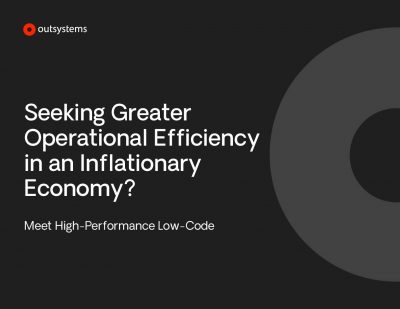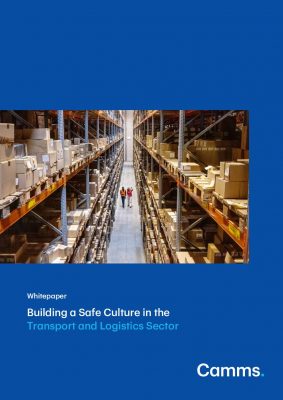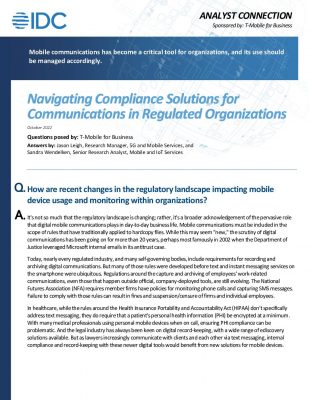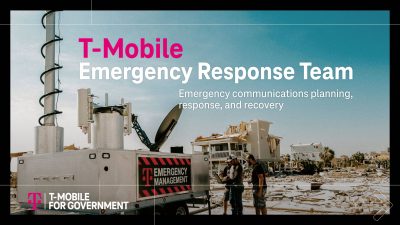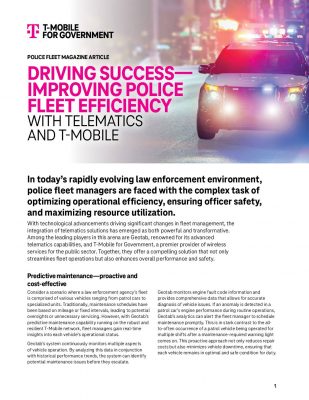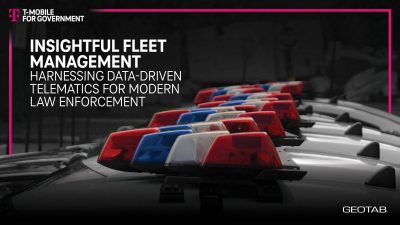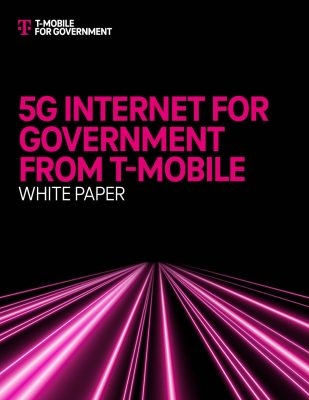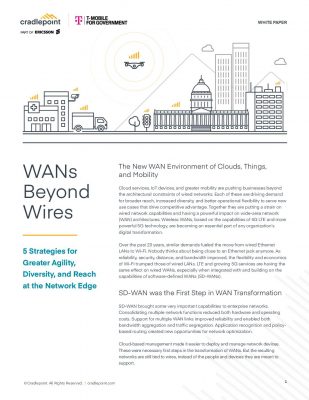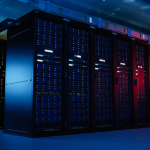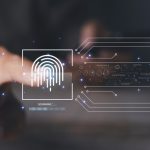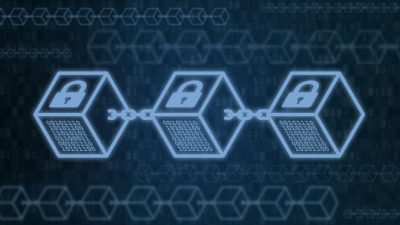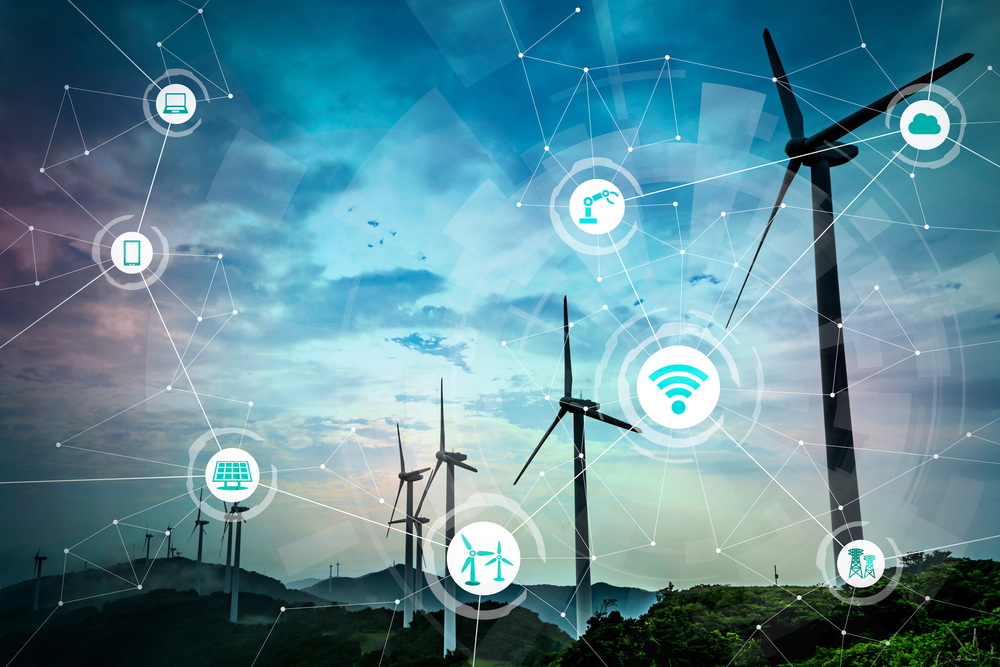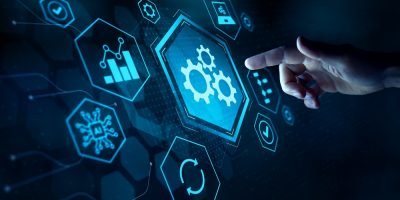Highlights:
- IoT sensors embedded within the energy industry facilitate diagnostic, analytic, optimization, and integration processes, ultimately enhancing energy efficiency for residential, commercial, and industrial stakeholders.
- Denmark, renowned for its leadership in wind energy, employs cutting-edge weather forecasting to enhance the efficiency of its wind turbines and seamlessly integrate them into the grid.
The Internet of Energy (IoE) represents a significant evolution in energy management, integrating Internet of Things (IoT) technology with distributed energy systems.
As technological advancements persist, IoE is poised to become an integral part of our daily lives, enhancing the efficiency of electricity generation, transmission, and consumption.
With IoT enabling the establishment of sensor networks for smart grid management, IoE facilitates power monitoring, distributed storage, demand-side energy management, and integration of renewable energy sources. As such, IoE will likely continue shaping the future of energy management and consumption.
IoT technology facilitates the IoE by establishing sensor networks with diverse applications in smart grid management, including power monitoring, demand-side energy management, distributed storage, and renewable energy integration.
According to a report by Statista, in 2023, an estimated 805 billion US dollars were spent worldwide on Internet of Things (IoT) technology.
The affordability and scalability of smart sensor networks allow for widespread deployment, generating vast amounts of data that can be analyzed to optimize grid efficiency.
This convergence of digitalization sustainability and energy utilization is encapsulated by the many applications of the Internet of Energy (IoE), encompassing digitized energy usage and energy efficiency.
But what is IoE, and how does it operate?
What is the Internet of Energy (IoE), and How Does It Work?
If you’re entrenched in the power sector, you’ve likely encountered the term “Internet of Energy,” but comprehending its essence and the issues it addresses is pivotal.
IoE, an abbreviation for Internet of Things (IoT) integration into distributed energy systems, aims to enhance the efficiency of energy infrastructure and curb wastage.
The IoE leverages IoT technology to gather data and streamline operations across various points within the power grid’s infrastructure.
IoT sensors embedded within the energy industry facilitate diagnostic, analytic, optimization, and integration processes, ultimately enhancing energy efficiency for residential, commercial, and industrial stakeholders.
Smart meters exemplify the IoE’s functionality in homes and businesses. These meters utilize dual wireless networks: the Home Area Network (HAN) connects appliances and lighting fixtures to the meter.
At the same time, the Wide Area Network (WAN) transmits data to the utility company. Both gas and electric utilities employ smart meters.
Furthermore, aggregated data from nearby residences and businesses aids utilities in assessing real-time energy demand within a given area.
This information exchange allows utilities to adjust power generation and tap into other power systems on the grid as needed, ensuring grid stability and efficient energy distribution facilitated by the IoE.
Having grasped the basics of IoE and its functionality, let’s delve into its various global applications and how it’s transforming the worldwide energy sector.
What Are the Applications of the Internet of Energy Around the World?
There are many Internet of Energy use cases globally, revolutionizing energy generation, distribution, and consumption. Here are some notable applications:
-
California’s Duck Curve Challenge
California’s abundant solar energy capacity presents a distinctive challenge called the “duck curve.” With solar power peaking during midday when energy demand is low, surplus energy often goes to waste due to limited storage capabilities.
To mitigate this, California’s grid operator utilizes advanced weather forecasting to anticipate solar generation and adapt grid operations accordingly.
Additionally, incentivizing consumers to consume energy during midday, such as through electric vehicle charging and appliance usage, facilitates the integration of more solar power while ensuring grid stability.
This innovative strategy optimizes solar energy utilization, maximizing its benefits while minimizing waste.
-
German Energy Transition (Energiewende)
Germany’s ambitious goal of achieving 100% renewable energy by 2050 includes implementing the “Smart Grid Showcase” project, a pivotal transition component.
This project showcases the potential of the Internet of Energy (IoE) in effectively managing a complex grid with substantial renewable energy integration.
The project enables real-time adjustments based on anticipated wind and solar power output by integrating weather forecasts into grid management systems.
The Smart Grid Showcase project demonstrates innovative approaches to optimizing renewable energy utilization and grid management, serving as an Internet of Energy model for other nations pursuing sustainable energy futures.
-
Indian microgrid revolution
Rural communities are adopting microgrids fueled by solar panels and battery storage to provide dependable access to energy.
These microgrids incorporate weather forecasts to maximize energy efficiency and guarantee consistent power provision, even in unpredictable weather patterns.
By leveraging renewable energy sources and advanced forecasting technologies, these microgrid systems empower rural areas with reliable and sustainable energy solutions, enhancing community resilience and energy independence.
-
Danish wind power integration
Denmark, renowned for its leadership in wind energy, employs cutting-edge weather forecasting to enhance the efficiency of its wind turbines and seamlessly integrate them into the grid.
Both real-time and forecasted wind data are leveraged to manage power distribution, facilitating electricity trading with neighboring countries and exporting surplus energy.
Despite Denmark’s heavy reliance on wind power, this streamlined integration is crucial in maintaining grid stability, showcasing the country’s commitment to sustainable energy practices and grid resilience.
-
Energy storage
Integral to the Internet of Things and energy is the capacity to store electricity, accommodating fluctuations in both supply and demand.
While lithium-ion batteries stand as the predominant choice, they are burdened by cost and resource availability limitations. Hence, exploring alternative battery technology solutions becomes imperative.
Let’s delve into a few innovative ideas in this realm: Top of Form
-
- Flow (redox) batteries – Alternative energy storage solutions, such as flow (redox) batteries, provide extended discharge times and enhanced scalability, particularly for large-scale applications.
While they may not match the efficiency levels of lithium-ion batteries, they offer a cost-effective alternative for accommodating significant energy storage needs.
-
- Energy vault – A Swiss startup has pioneered a long-duration utility-scale energy storage solution, catering to the intermittent nature of renewable sources like solar and wind.
Leveraging the natural terrain of mountainous regions, this technology involves pumping water into storage vaults during periods of energy surplus and releasing it to lower holding areas when demand peaks.
Notably, this approach enables virtually indefinite energy storage, allowing for on-demand power release with minimal advance notice, thus enhancing grid reliability and resilience.
-
- Sodium-ion batteries – Sodium-ion batteries emerge as a more cost-effective and readily available alternative to lithium, boasting comparable performance, especially in lower-temperature environments.
Although they may not match lithium’s energy density, sodium-ion batteries excel in grid-scale applications requiring extended periods of energy storage.
-
- Solid-state batteries – These batteries significantly advance with solid conductors replacing flammable liquid electrolytes.
While still in the nascent stages of development, they exhibit promising potential for electric vehicles and grid storage applications in the Internet of Energy market.
-
- Concentrated solar power (CSP) plants – Concentrated solar power (CSP) plants harness sunlight by reflecting it onto heat receivers using mirrors. This collected thermal energy is stored in molten salts for subsequent electricity generation.
This mainly benefits the Internet of Energy and is suited for areas abundant in the sunshine; CSP plants provide extended-duration energy storage and dispatchable power, enhancing grid reliability and stability.
-
- Phase Change Materials (PCM) – Phase Change Materials (PCM) undergo a state change from solid to liquid at specific temperatures, storing and releasing heat during the process.
Known for their versatility, scalability, and ability to provide long-term storage, PCM finds application across diverse sectors, including buildings and industrial processes.
-
- Flywheel energy storage – Flywheel energy storage systems store kinetic energy in spinning rotors, providing rapid response times and exceptional efficiency.
Tailored for short-duration, high-power demands such as grid stabilization and microgrid applications, they offer a reliable solution for managing energy supply and demand fluctuations.
-
- Supercapacitors – Supercapacitors, akin to batteries, store electrical energy but excel in delivering it swiftly.
Their optimal use lies in applications requiring frequent charge/discharge cycles and high-power bursts, such as enhancing electric vehicle acceleration or smoothing out fluctuations in wind turbine output, thus boosting the efficiency of the Internet of Energy.
-
- Green hydrogen – Green hydrogen, generated via electrolysis using renewable energy sources, presents a clean and versatile energy carrier.
Despite persisting challenges in storage and transportation, ongoing advancements in fuel cell technology and infrastructure render it a promising long-term solution for achieving sustainable energy goals.
To Conclude
Grasping the importance of the Internet of Energy (IoE) is essential for individuals involved in the power industry. Integrating Internet of Things (IoT) technologies into distributed energy systems aims to improve energy infrastructure efficiency and reduce wastage.
Using IoT sensors in the energy sector improves diagnostic, analytic, optimization, and integration processes, increasing energy efficiency for residential, commercial, and industrial users.
Smart meters showcase the functionality of the Internet of Everything, with aggregated data enabling real-time assessment of energy demand to maintain grid stability and optimize energy distribution.
Having a good understanding of the fundamentals of the Internet of Energy, delving into its various global uses highlights its significant influence on the worldwide energy industry.
Expand your knowledge on such matters by exploring our extensive selection of tech-related whitepapers.

